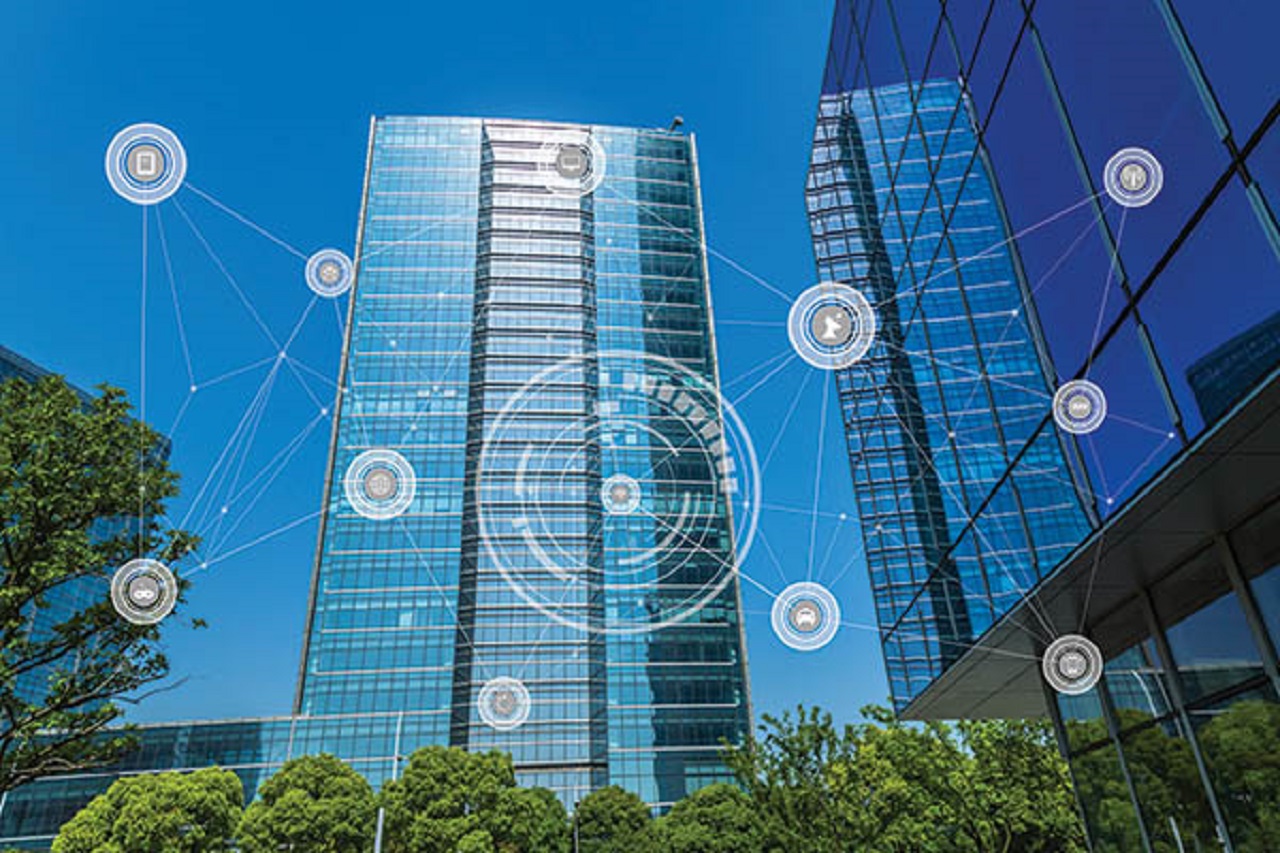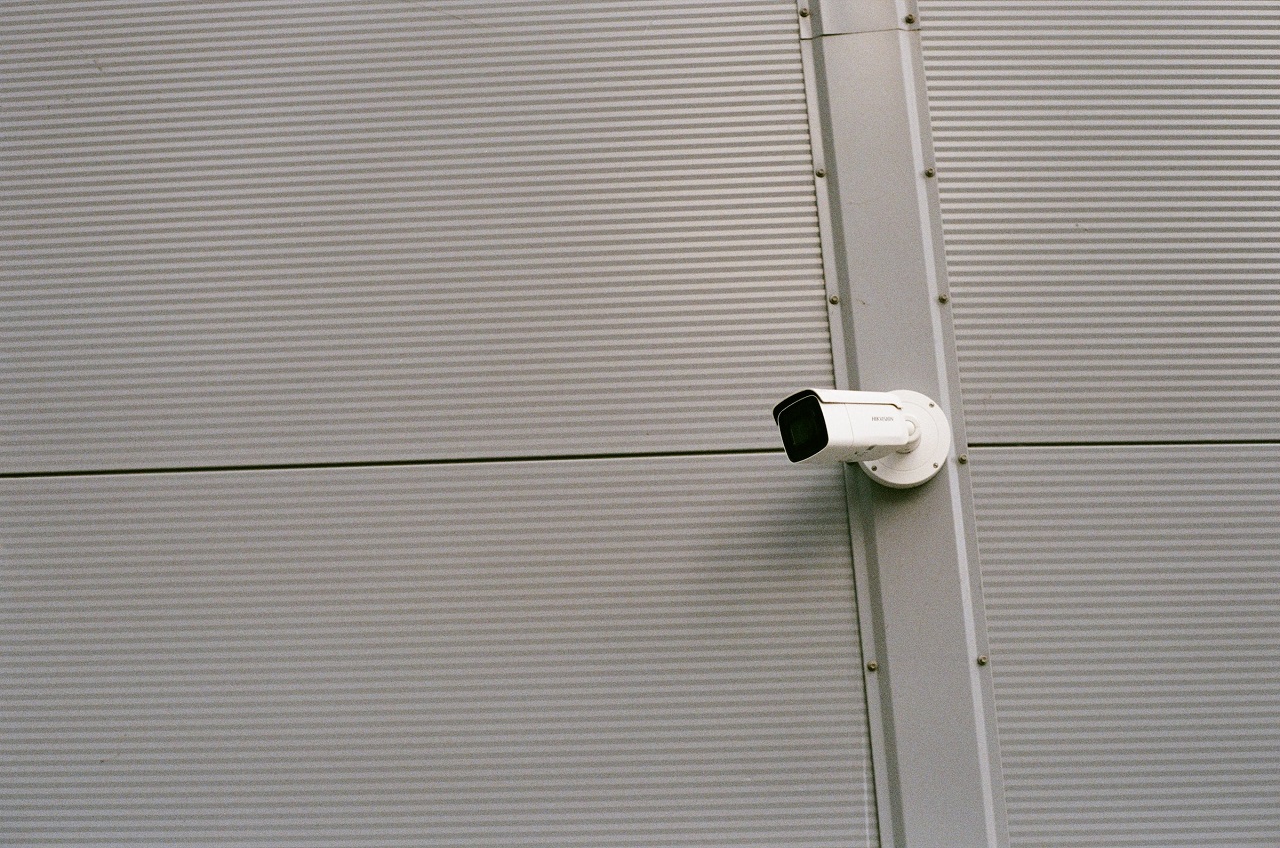Setting The Foundation For Future-Ready Facilities
Properties will stay competitive if digitally transformed with integrated building solutions. So, setting the foundation for future ready facilities is vital.
George EvansNov 17, 2023301 Shares60287 Views

If facility owners will ponder at it, they may agree that setting the foundation for future-ready facilitiesis a necessary move.
In order to become a smart, future-ready facility, connected building systems can be implemented to enable a holistic approach to building optimization and management.
Whether planning for new construction or retrofitting an existing structure, to stay competitive, facility owners must digitally transform their properties with integrated building solutions to provide a flexible foundation for smart, secured, future-ready buildings.
But how can facility owners ensure the implementation of the right integrated systems?
It takes careful consideration.
To reap the many benefits of an integrated-systems approach, balancing the benefits and risks associated is an important foundational step.

What Makes A Smart Building Smart?
At its simplest definition, a smart building is digitally transformed and future ready.
This means it can support the needs of its owner and occupants now and in the future by using data to help make decisions that improve:
- safety
- comfort
- cost savings
- productivity
- building operations
More technically, it is a facility driven by the Internet of Things (IoT) and uses building management systems (BMS) to control its operations.
Connecting separate entities allows communication between these systems to streamline operations and improve safety.
Such entities include the following:
- lighting
- access control
- HVAC (heating, ventilation, and air conditioning)
Integrated solutions offer an abundance of benefits to facility owners, managers, and occupants.
This holistic approach analyzes data from a facility to provide greater insight into the efficiency and functionality of:
- systems
- energy usage
- workplace productivity
Corning Optical Communications (corning.com), with headquarters in Charlotte, North Carolina, is demonstrating this innovative approach with the implementation of a next-generation headquarters for two main reasons:
1. to improve on these things:
- productivity
- occupant comfort
2. to generate savings by reducing energy usage
Corning Optical Communications, whose parent company is New York-based Corning Inc., is offering employees a more comfortable workspace by integrating:
- HVAC controls
- intelligent lighting
- sensors with additional building systems
The connected systems allow the company to sense occupant levels in various locations, like in a conference room, and can automatically shift airflow to provide a more comfortable temperature, and in turn increase workplace productivity.
Additionally, managers can review the data from connected systems and controls to analyze how long employees are at the office.
From there, managers will measure those findings with output generated to determine the productivity of a specific timeframe.
This presents current insights that help with future business decisions.
Beyond workplace productivity, businesses like Corning Optical are integrating sensors and video surveillance with electricity controls to enhance connectivity and energy efficiency.
Safety And Security
Sensors and video surveillance can monitor when an occupant enters or leaves a room, initiating HVAC and lighting controls to turn on or off in that specific area.
The cost savings from reducing energy usage can be used towards additional infrastructure and technology upgrades that are quickly installed, thanks to the wire-it-once approach and flexibility of systems integration.
This future-ready approach can also prepare smart buildings to maintain high-level security and life-safety standards to keep people and assets safer.
Connecting fire-detection solutions with additional systems can prove valuable in the event of an emergency.
These additional systems include:
- sensors
- lighting
- HVAC controls
- mass notification
When integrated with fire-detection solutions, HVAC systems can communicate with other building systems if a fire is detected.
Mass-notification systems can then deliver directions based on the location of the threat to lead occupants to safety.
Considerations
There’s no denying that integrated building solutions provide exceptional benefits, but it is still important to weigh the associated risks.
For most, the daunting questions revolve around budget and operations:
- What is the financial cost?
- What happens if these systems fail?
The answers to these questions are unique to each facility.
However, to avoid risks and garner the benefits of integrated building systems, facility owners can - and should - meet with technology contractors and key stakeholders early on to begin collaboration and define clear project goals before implementing any systems.
Prioritizing outcomes and setting budget boundaries during the planning and design phases can help reduce risks associated with the implementation of technologies and the construction process.
Not doing so makes the process more:
- costly
- difficult
- time consuming
The involvement of key stakeholders early in the process allows buildings to be conceived, designed, and delivered with the end goals in mind, ensuring that systems are smart, secured, and sustainable today, while also supporting future innovations.
Treating Facilities Differently
It’s also important to acknowledge that all facilities are unique and require integrations that coincide with industry-specific needs.
For example, the mission for leaders in healthcare is to provide patients with exceptional care. As with clinician skills, operational efficiency must be of expert level.
While the needs of an operating room and a patient recovery area differ greatly, the efficiency of both are vital to patient outcomes.
Connected building solutions allow the customization of specific facility locations, which is an asset in the healthcare industry.
By linking building management systems (BMS) with surgical scheduling, clinicians can optimize their operating rooms by controlling room conditions and simplifying the documentation of surgical events.
Additionally, patients benefit from a room that can adjust temperature and lighting hues depending on the needs for their specific recovery phases.
On another spectrum, airports using building automation systems(BAS) can ensure that travelers and staff are safe and happy, while reducing energy output.
Connecting building systems with flight schedules ensures that the building controls in a busy concourse are automatically optimized.
This means that if a terminal is particularly busy, lighting controls can function as wayfinding to streamline traffic through the facility, while self-adjusting HVAC and lighting down in an area that is unoccupied.
Final Words
In the digital-transformation area, it is increasingly important to build or retrofit infrastructures with advanced technologies that holistically link to the purpose of the structure.
To truly be smart and future ready, facilities need to encompass a foundation that is wired and integrated with solutions that allow easy implementation and advancement of future technologies.
The implementation of necessary systems and technologies allow buildings to be intelligent contributors to business success and occupant comfort and safety, today and for years to come.
Therefore, setting the foundation for future-ready facilities is a must.
Latest Articles
Popular Articles
